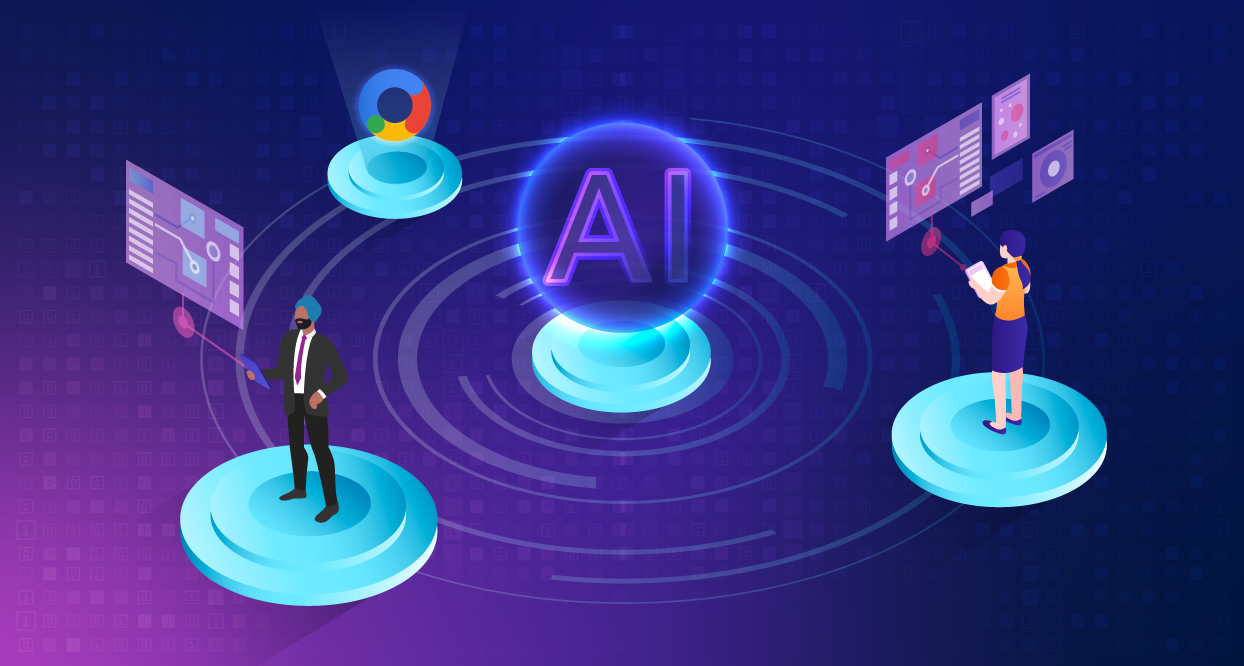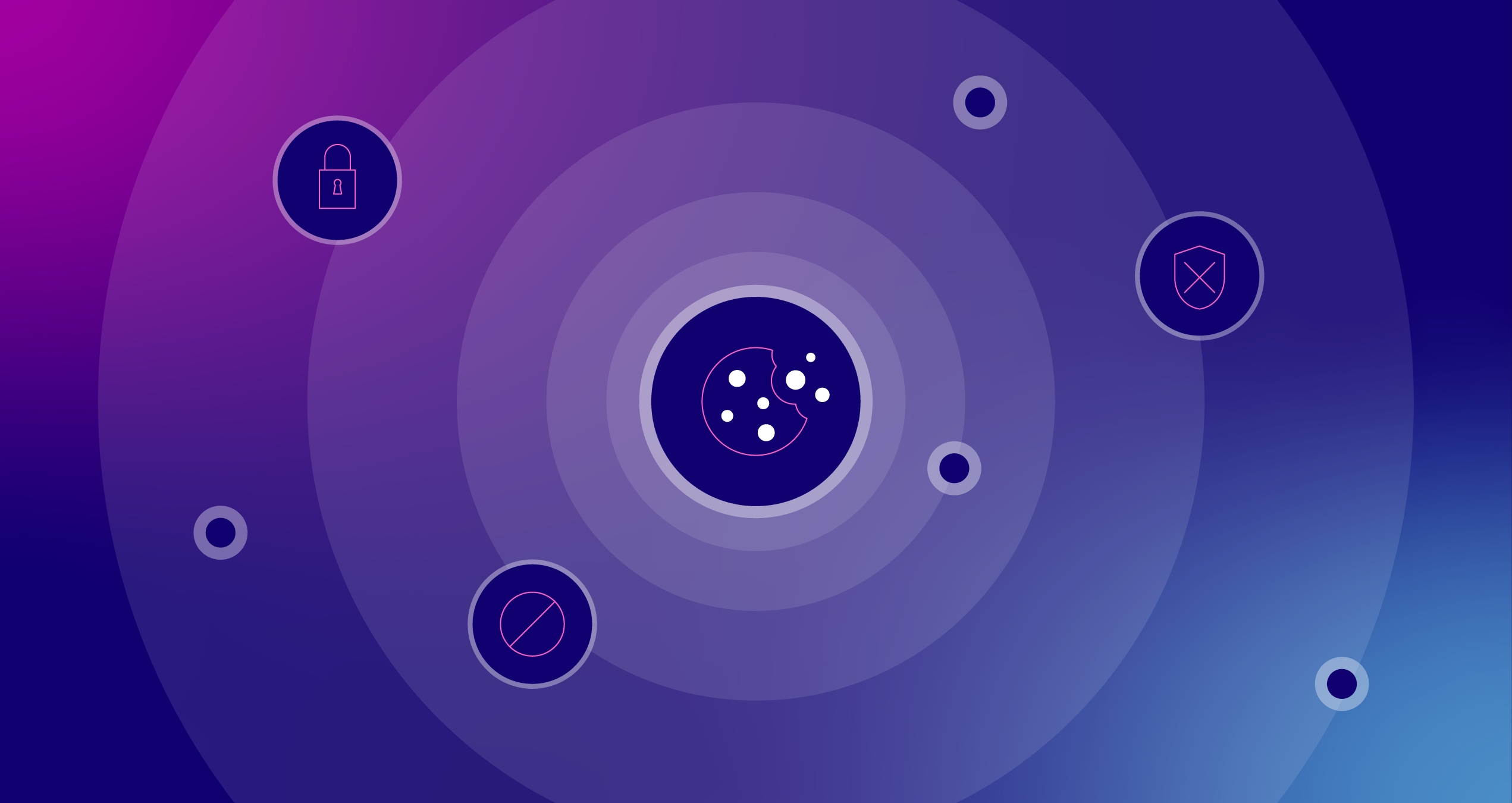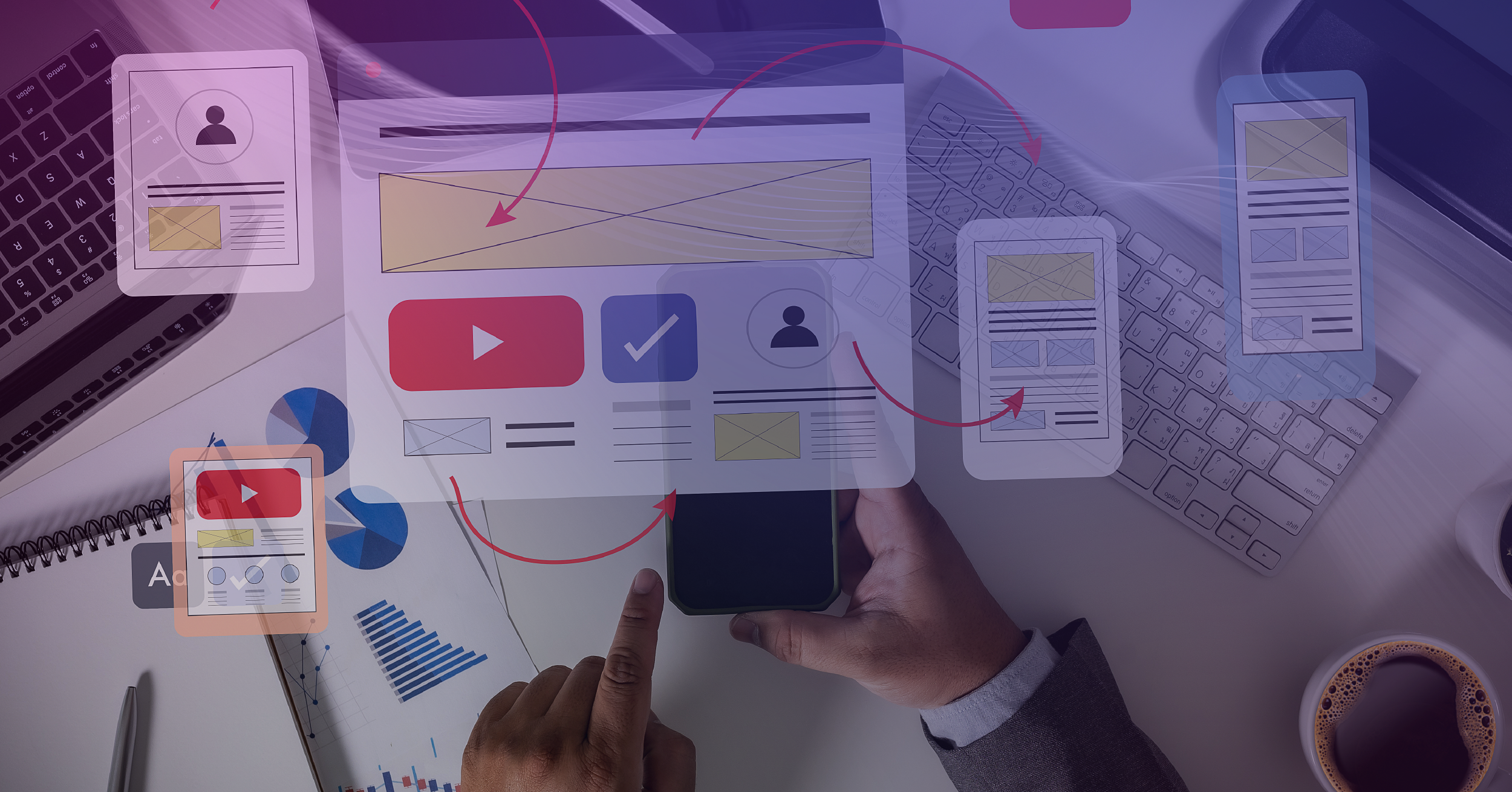Hidden in Plain Sight: The AI You Didn't Know You Were Already Using in Google Marketing

The tech world is ablaze with talk of artificial intelligence (AI) and how it will influence industries such as e-commerce and digital marketing. While it’s incredibly exciting to learn about these new developments, for some, it might also raise concerns about keeping pace in such a fast-moving environment. The good news? You’ve probably been using AI without even realizing it.
In the Pegasystems report “What Consumers Really Think About AI: A Global Study,” 50 percent of participants were unaware they were experiencing or interacting with AI, even though almost 85 percent of study participants had indeed experienced or used AI!
What Exactly is AI?
AI is a branch of science where intelligence is demonstrated by machines instead of a living being (like a human or animal). Machine learning, language processing, speech recognition, vision and robotics are all examples of sub-branches of AI. Machines are now able to perceive, problem solve, convert speech to text, and act as chatbots, phone prompts, or facial recognition tools.
Many of Google’s first forays into AI were through machine learning. With machine learning, a model is built and then the system is “trained” with data and real-world cases to make it smarter and more accurate. Google search is a great example of machine learning. The searches that users see today are far more sophisticated than they were even a few years ago as the machine becomes smarter.
For instance, the Google Knowledge Graph is a huge database of information that enables Google to provide quick answers to search queries about real-world topics such as people, places, events, organizations and more. Using top search queries, Google can often anticipate the data for which users are searching. When users query the American actor, Tom Cruise, for example, several facts about his life—including his height (5’7), age (61), and past relationships (Katie Holmes, Nicole Kidman, Mimi Rogers)—instantly appear.
If you're looking to make sure you have all your Google tools set up for AI use, check out our Google AI Checklist for Marketing. If you're good to go, let’s dive into some examples of Google AI, how to use them, and why they’re important.
Bidding Models
Google Ads and Display and Video 360 have several bidding algorithms that help find the best bid on an impression basis. The models look at factors such as location, time of day, users’ internet history, and more to help determine if the impression to the user is likely to do what you want (e.g. click on your ad, buy a product). The more data entered into the algorithm—such as order value, lifetime customer value and offline data—the more accurate the model can be to make sure you pay enough for good prospects, and very little for poorer prospects.
Similar Audiences/Expanded Targeting
Closely related to bidding models, expanded targeting allows advertisers to find new users that are expected to perform similarly to previous users who have completed useful actions on your site. For example, if you have a cost per conversion goal of $10 and have found multiple users who completed a conversion for under $10, the algorithm will attempt to find new prospects who might also convert for under $10. It’s different from the bidding models since bidding only determines the bid, whereas expanded targeting determines the audience to target.
Performance Max (P-Max)
Performance Max combines several AI technologies across bidding, budget optimization, audiences, creatives, attribution and more to help drive performance based on specified conversion goals. P-Max helps to choose everything with AI, from keywords to bids to the creative used to drive the most success.
Creative
Google has had some form of dynamic creative (putting specific keywords into search ads, for instance) for many years, often showing the best performing creatives over their poorer-performing counterparts. Google’s newest iteration will involve generative AI, where Google will create a creative for an advertiser based on expected performance. It will provide images, headlines, call-to-actions and even landing pages on the fly based on machine learning and anticipated performance.
Take the Next Step: Explore Google AI
AI has significant potential to make marketing and advertising even more effective, although you might have experienced some of the benefits already. If you’re not using the hottest new generative AI right away, don’t feel like you’re falling behind. Check out some of the latest innovations in Google products and examine whether they can work for your business needs. If you have used them, it’s worth highlighting use cases, their overall impact on the business and your strategy moving forward.


